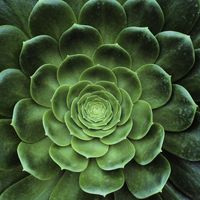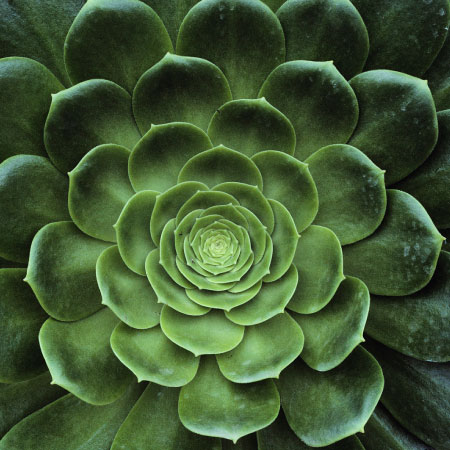Variegated Senecio – How To Grow Variegated Wax Ivy Plants

Senecio wax ivy (Senecio macroglossus ‘Variegatus’) is a delightful trailing plant with succulent stems and waxy, ivy-like leaves. Also known as variegated senecio, it is related to the string of pearls plant (Senecio rowleyanus). It is native to South Africa where it grows wild on the forest floor.
Variegated senecio may surprise you with pale yellow, daisy-like flowers, and, in bright sunlight, the stems and leaf edges take on a pink or purplish tint. You can plant in a hanging basket where the plump stems can cascade over the rim of the container.
Senecio wax ivy is a sturdy, low-maintenance plant suitable for growing outdoors in USDA plant hardiness zones 10 and above. It isn’t cold-hardy and is most often grown as an indoor plant.
How to Grow Variegated Wax Ivy
Grow variegated wax ivy in a container filled with a potting mix formulated for cacti and succulents.
For successful variegated wax ivy care, the plant is happiest in bright sunlight but can tolerate a bit of shade. Temperatures should be above 40 F. (4 C.), but the best growth occurs when temps are at least 75 F. (24 C.).
Water the plant until moisture trickles through the drainage hole, then don’t water again until the soil is slightly on the dry side. Like most succulents, variegated senecio will rot in soggy, poorly drained soil.
Although easy to grow in any container, clay pots work especially well because they are porous and allow more air to circulate around the roots. It requires very little fertilizer. Feed the plant every other month from spring through fall, using a water-soluble fertilizer mixed to one-quarter strength.
Sign up for the Gardening Know How newsletter today and receive a free copy of our e-book "How to Grow Delicious Tomatoes".
Trim as needed to keep the plant neat and tidy. Feel free to move your ivy plant outdoors during the summer but be sure to bring it back indoors well before the risk of frost.

A Credentialed Garden Writer, Mary H. Dyer was with Gardening Know How in the very beginning, publishing articles as early as 2007.